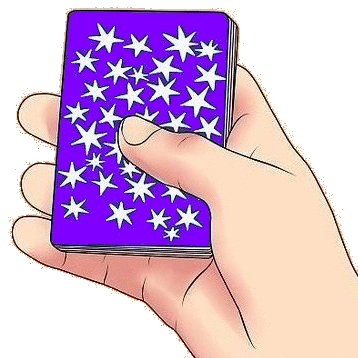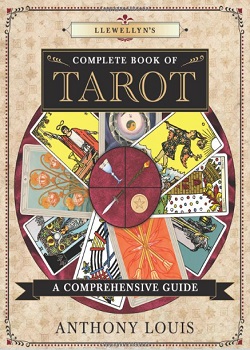- Select one card then click it once it turns over.


Guide for beginners:
- Concentrate on any particular situation you may need help with.
- When you are ready, select a card.
- Speaking out loud or in your head, describe the card as if you were talking to a friend.
- Don’t try to analyze the meaning of the card at this stage. Simply say what you see on the card
- If you gain any insights as you are thinking about the card, jot them down.
- Next think about possible interpretations. Do any of these meanings relate to your current life or the situation you sought help with?
- Later in the day, reflect on the card and ask yourself the same questions. In what ways has the archetype of the card appeared in your life?
- If a single card for the day answer your question, try drawing another.
- Remember that practice is key to interpreting One-Card Tarot Readings
- Choose a second card or one from our Major Arcana Reading if you need further guidance on cards
Repeat with groups of two or more cards. How does one card connect to the others? What do they have in common? How do they contrast with one another? What would need to happen for the situation on one card to develop into the scene depicted on the next? Which characters are looking at each other? Which are looking away from one another? How might the characters on different cards interact?

This page is part of our Tarot Online. You may have wanted Tarot Card Meanings. You will find many more pages with tarot guidance. Use the search at the bottom of the page. We also have some amazing tarot books to suggest to you. Please check them out.
Here are some snippets from a few of my favorite books

Complete Book of Tarot: Throughout history, any sort of random occurrence served as a ready vehicle for divining the future, including the pattern of stars in the sky, the appearance of clouds, the arrangement of tea leaves in a cup, the entrails of dead animals, and so on. By the early 1700s, the card readers of northern Italy developed a system for divining with playing cards, and around 1750 the French cartomancer Etteilla noted that he learned to tell fortunes by means of playing cards from three cartomancers, one of whom hailed from northern Italy’s Piedmont region. Etteilla’s publications spurred a contagious interest in the use of tarot for fortune-telling throughout Europe, an interest that has continued to modern times.
Complete Book of Tarot: Astrology: The mighty Sun (exalted) in the second decan of fiery Aries, realm of the Queen of Wands (Water of Fire) and the Emperor (Aries). The exaltation of the Sun in Aries enhances its power, virtue, pride and strength.
Complete Book of Tarot: Water sinks and is held up by a container formed from Earth, the heaviest of the four elements. Thus, Water and Earth trend downward and are considered inner-directed receptive feminine elements. In the tarot, the suit of Cups is usually associated with Water and the suit of Coins or Pentacles, Earth. The pip cards of the Cups and Pentacles suits typically represent circumstances and emotional situations with a downward or inward movement (reflection, contemplation, joy, grief, healing, celebration, family happiness, arrival, etc.).
- Do get in touch if you looked for One Card and we don’t have it listed. We would be more than happy to source the information for you. We hope you visit again for more online tarot information!
Complete Book of Tarot: Today, many readers prefer to invent their own spreads to suit the question at hand and thereby provide the specific information desired by the querent. In 2013, Llewellyn published a “toolkit” for constructing spreads entitled The Deck of 1000 Spreads, authored by Tierney Sadler. The back cover of this toolkit says that users can “mix and match these 59 labeled and 6 blank cards to customize any tarot reading imaginable. Each one features a color-coded theme, the name of a commonly used spread position, and a written description of that position.” The color-coded themes include the focus of the question, the influences to which the querent must attend, the characters involved in the situation, the time frame, and issues related to the outcome including relevant advice, the potential resolution, and any lessons to be learned.